The Upper Mustang tour takes you on an off-road experience on the rugged and dusty trails to the forbidden kingdom in a short period of time. Upper Mustang is one of the renowned trekking destinations in Nepal, nestled in the Northern part of the Mustang District and boarded to China. This forbidden Kingdom tour was open in 1992, and ever since then, the region has had visitors from each and every corner of the planet.
The Upper Mustang tour is unique and distinctive and traverses various landscapes and microclimates, from wet hill forests and sub-tropical jungles to the high Alpine region of the country. Apart from the geographical aspect, the region is rich in culture and traditions and has a number of temples, ancient Gompas, and Chorten located on remote high cliffs, ancient caves, and primeval settlements all along the way. A perfect blend of culture and nature at its best.
The Upper Mustang tour of 7 days is one of the shortest itineraries to this forbidden kingdom, the tour starts from Kathmandu to Pokhara from where you’ll catch a flight to the settlement of Jomsom in the Mustang region, and takes you past various ancient settlements, temples, gomaps, caves traversing through high Himalayan lands to the remote settlement of the Lo-Manthang and back to Jomsom, towards Pokhara and back to Kathmandu, letting you experience the nature and culture in a short period of time.
Entry and Permits For Upper Mustang Region:
The following permits are required for trekking to the Upper Mustang region:
- Upper Mustang Restricted Area Permit for all foreigners: US $500 per person for the first 10 days and US $50 per person per day thereafter.
- ACAP entry permit fee for foreigners: 3,000 NPR (Approx. US $30)
- ACAP entry permit fee for SAARC nationals: 200 NPR
Note: All the trekking permits are handled by the Alpine Club of Himalaya.
Important Note:
Your safety is of paramount importance to us at the Alpine Club of Himalaya. We have the absolute authority to cancel the trip or change the itinerary, when deemed necessary or when we have reason to believe your safety is at stake. Weather conditions, the health condition of a group member, natural disasters, and such, can contribute to changes in the itinerary when traveling in remote mountainous regions. In these extreme situations, we kindly request that you offer your full co-operation to the trusted leader of the group appointed by the Alpine Club of Himalaya. However, we assure you that we will make every effort to keep to the above itinerary.
Meals and drinking water:
Along the Annapurna Region Trek, you’ll be provided with various Nepali, Tibetan ethnic cuisines and varieties of continental as well as western meals. Local inhabitants run a variety of tea-houses scattered along the trail, offering everything from basic and minimal facilities to luxurious accommodations. Here, you’ll have the delightful opportunity to taste various cuisines, a rarity on most Nepali trekking trails.
Annapurna Region is a plastic-free zone and has banned the use of bottled Mineral Water. The trekking trail offers convenient access to natural water sources from drinking taps. However, this water is untreated, so avoid consuming it directly. Instead, you can refill your water bottle with either boiled water or cold, filtered water from any of the teahouses located along the trail.
If you buy a water purification tablet, chlorine drops or utilize SODIS (sunlight assisted) filtration procedures for further assurance, saving money, and reducing plastic pollution.
Accommodation:
Tourist-friendly hotels, lodges, and local accommodations are available on trekking trails and, providing with basic accommodation to luxury and grandeur ones. The trail itself caters to various budgets by offering a range of accommodation options, from luxurious hotels to cozy teahouses. These accommodations provide all the comforts you need for a good night’s rest after a long day of trekking, including comfortable beds with pillows, electric blankets for warmth, hot and cold showers to freshen up, and even free Wi-Fi to stay connected.
Teahouse along Annapurna region provides you with hot shower, western attached bathrooms and the rooms mostly include twin sharing beds as well as single a bed, with hygienic and clean atmosphere, good mattresses, a pillow, and blankets.
Campsites are also available along the trail providing a special opportunity for campers to sleep under the stars.
Best Time for Upper Mustang Tour?
The best season for trekking to Annapurna Region is during the season of autumn and spring.
The months of September, October, November, March, April, and May are the best time to visit. These months are better in terms of visibility and climate conditions.
During the autumn season, the months of September, October, and November are one of the best times for trekking in this region, as the weather is clear bringing great visibility of the endless mountain ranges and lush green forest with warm temperatures, the nights are clear and is a perfect opportunity for stargazing.
The spring season of March, April, and May is also the best time to visit the Annapurna Region, the end of the winter season brings a change in the region, varieties of colorful blooming trees of the sub-alpine forest, high green pasture lands covered with wildflowers, mild temperatures, and clear weather. In this season you’ll witness herds of sheep and yaks grazing in the green high lands.
Monsoon season is not favorable as the weather gets harsh and it’s hard to get around the country, with frequent rainstorms and landslides. So monsoon season is mostly avoided by trekkers.
In the winter season, Annapurna Region receives high snowfall covering most of the trails and making it impossible to travel in these regions.
Itinerary
After an early breakfast, you'll be heading to Pokhara. You'll have two options, to take a ride on a private jeep through the winding roads of Prithvi Highway which takes around 7 to 8 hours on a 200-kilometer road or catch a flight that takes around 35 minutes. Once you reach Pokhara head towards your accommodation and check-in, later explore the city of lakes.
Catch an early morning flight to Jomsom which takes about 20-25 minutes, alongside the towering Himalayan giants and lush green slopes with the incredible sight of Nepal's deepest gorge. After landing at Jomsom airstrip, head towards Ghami on an off-road vehicle driving through a vast sandy road on the western side of the Kaligandaki riverbed with the view of Tukuche, Nilgiri, and Annapurna massif along with some splendid landscapes of the dry river bed, the drive takes around 5 to 6 hours and once you reach the village of Ghami, check-in at your tea house leave your backpack and head out to explore the settlement.
Today after breakfast head towards the ancient walled city of Lo Manthang, the drive takes around 5 to 6 hours and rakes you fast through various cave monasteries, vertical canyon walls, and deep valleys towards Kali Gandaki's riverbed passing various primeval villages on a backdrop of pristine snow-capped mountains ranges, lustrous meadows, dry arid hills, and stone-built walls. Once you reach the forbidden kingdom head out and explore the area and climb any vantage point of the region to witness sights at dusk.
Today you'll be exploring the sublime beauty of Lo-Manthang, after breakfast head out towards the ancient walled city. Lo-Manthang is nestled in a high deserted plateau with soaring cliffs and mud walls and has various attractions from Royal Palaces, ancient Chorten and Gompas, colorful mud houses, and ancient buildings, dating back to 1400 years back.
Witness the beautiful craft and architecture of the ancient monasteries of Naya Gompa and Choprang Gompa, stop for friendly chats with the locals learning about their way of life and culture or head to any vantage point around the settlements from where you'll see across high Tibetan plateaus. After exploring head back to your accommodation and rest or share stories with other travelers and locals.
Wake up early and witness the sight of dawn from the village, after breakfast head towards Muktinath the drive takes 5 to 6 hours on high arid Himalayan terrain. Muktinath temple is a renowned holy pilgrimage for both Hindu and Buddhist followers delicate to Lord Vishnu a deity and is nestled at the foot of the Thorong La Pass. Witness pilgrims offering prayers and taking a plunge in the icy sacred waters of the temple which beliefs to wash all the sins and help them in their way to the liberation of the soul, after spending a brief time here continue down the valley towards Jomson, the drive takes around an hour or so. Once you arrive at the Jomsom explore the settlement and try various apple delicacies renowned in the region.
Today you'll take an early morning flight from Jomsom to Pokhara which takes around 25 minutes. Once you reach Pokhara check into your accommodation and rest, later on, you may take a guided tour of the city or explore on your own, the city of lakes has various attractions to choose from.
You'll be heading to Kathmandu valley today, and you have two options to catch a flight or drive back. Once you reach Kathmandu head towards your accommodation, later on, join in for a special dinner program to mark the success of your trip with your guide and our hotel representative,
If you have any inquiries or require assistance and further information about this trip or any other trips, please feel free to contact Alpine Club of Himalaya – Walk of the Himalaya.
NOTE: All of the aforementioned trekking hours are approximations and should only be used as a general guideline.








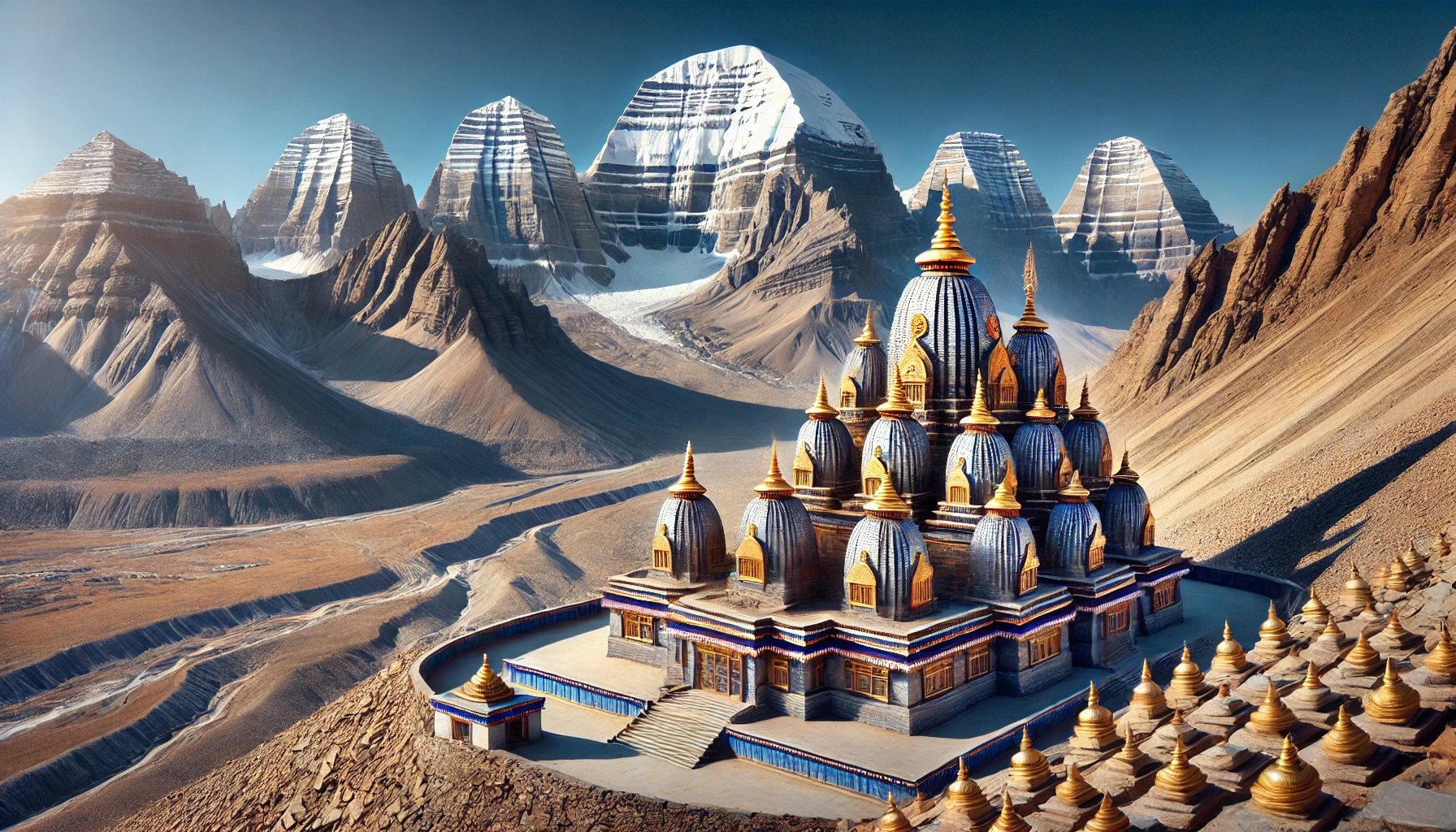
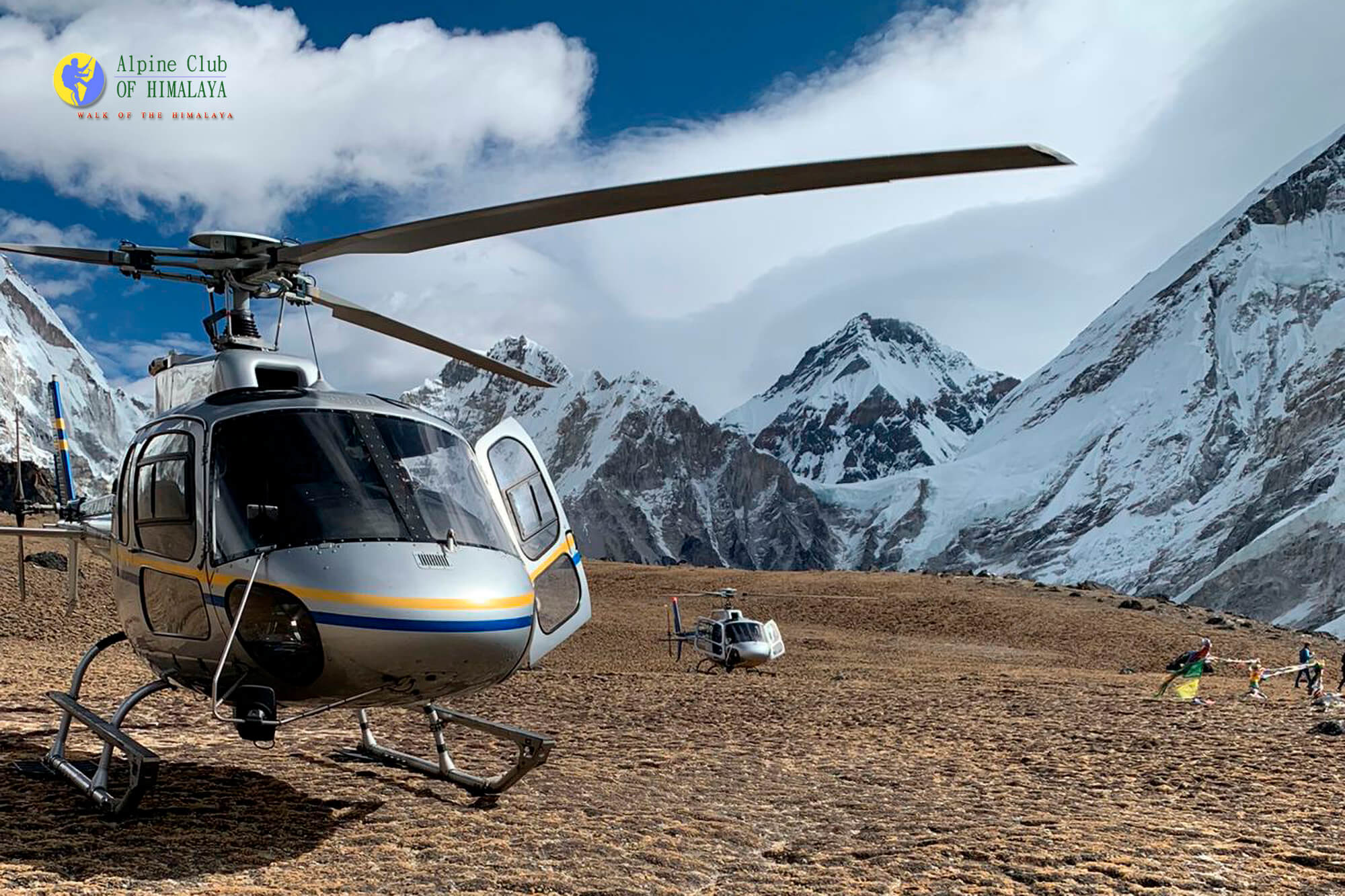
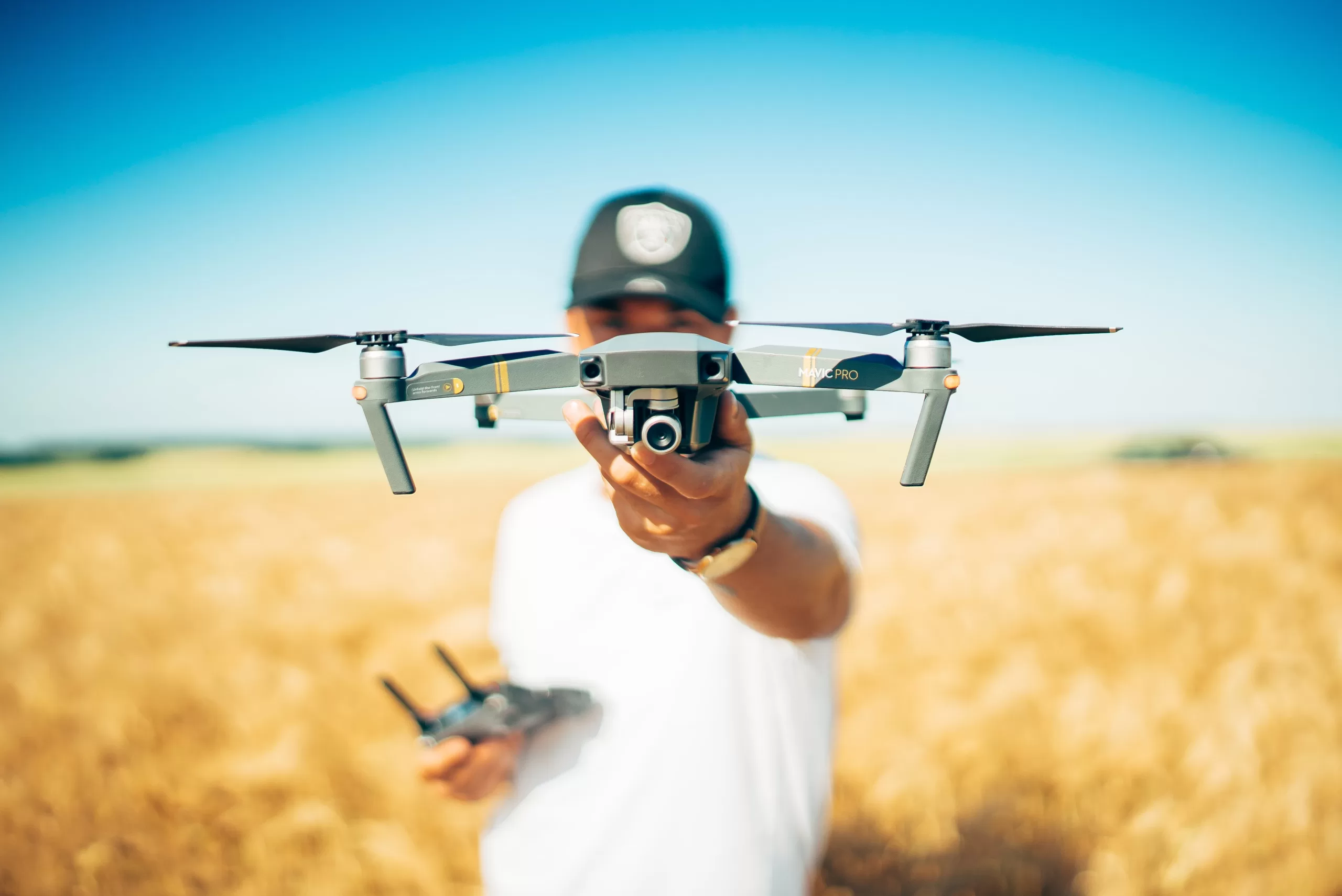

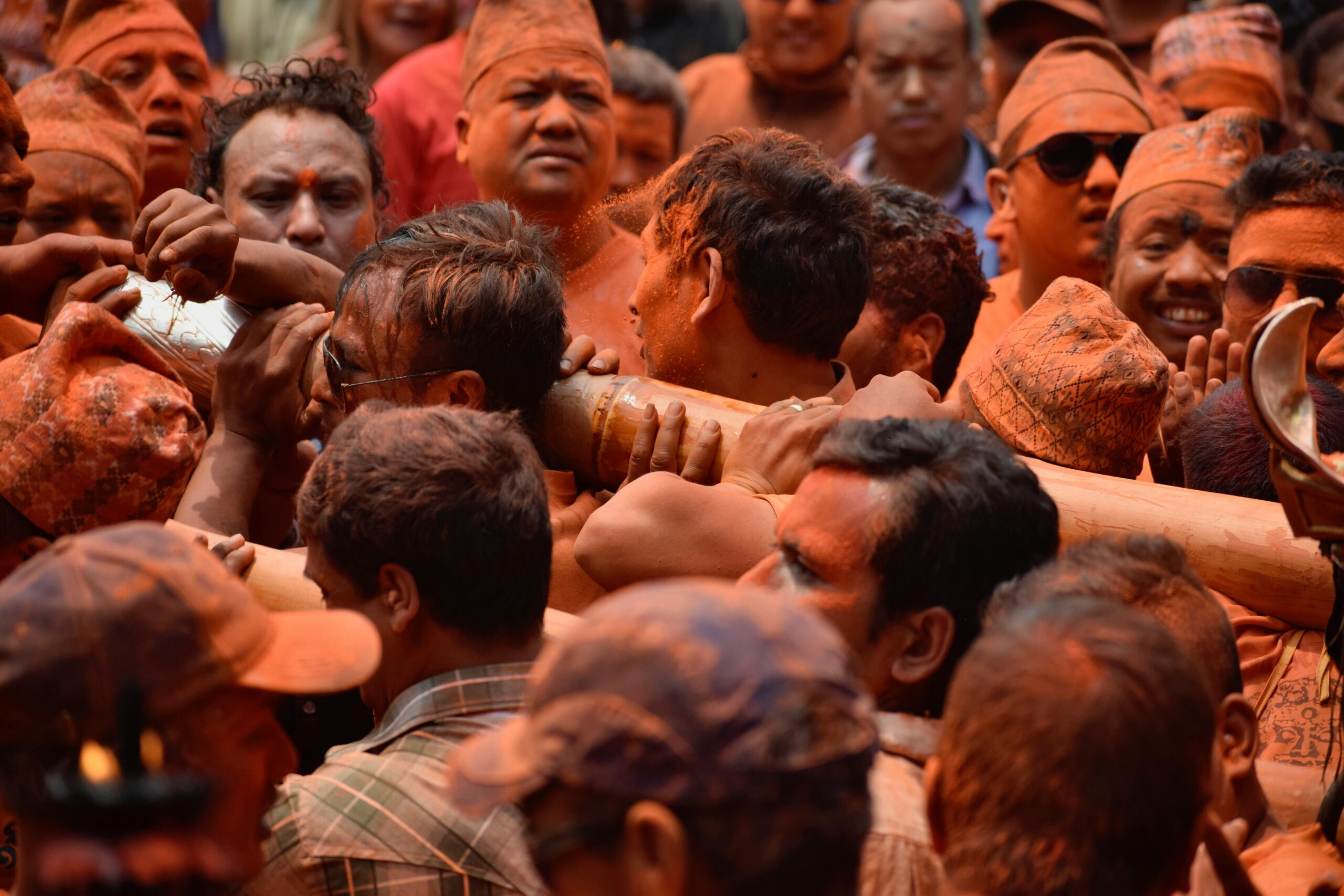
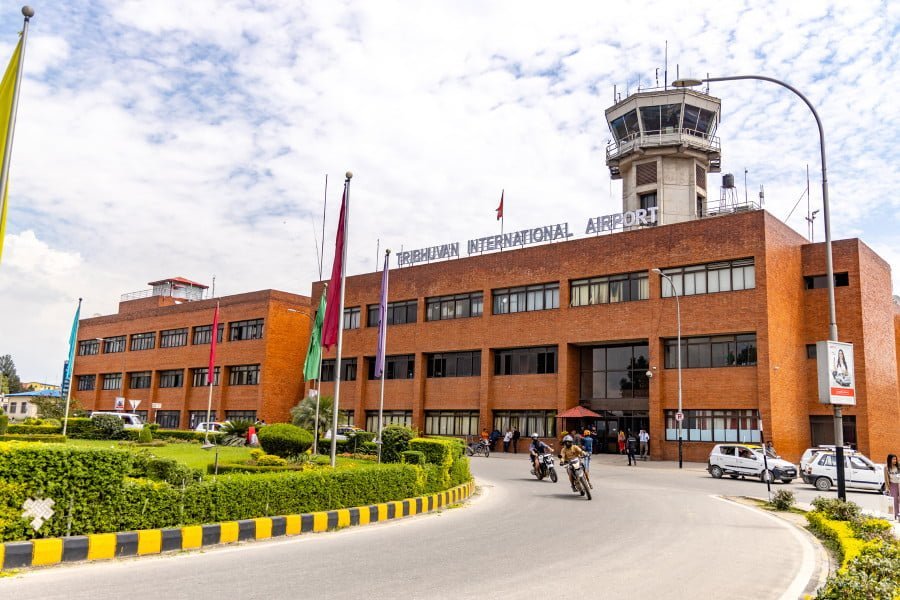

Write a Review